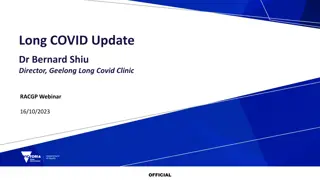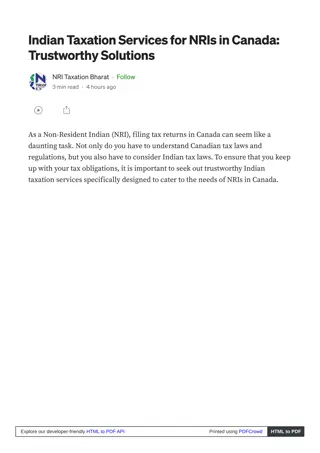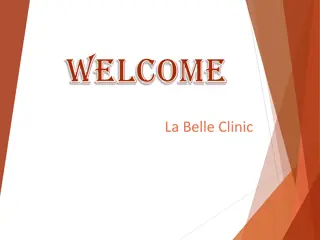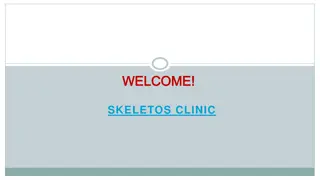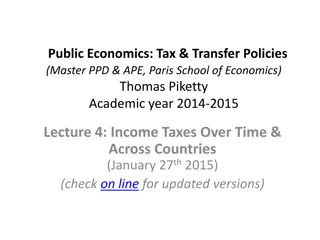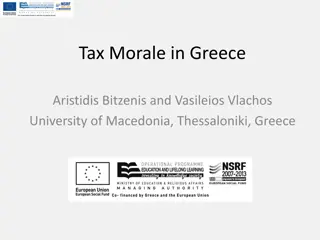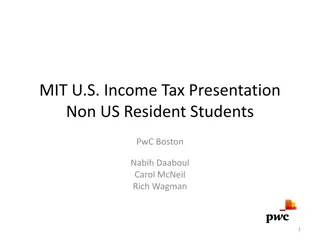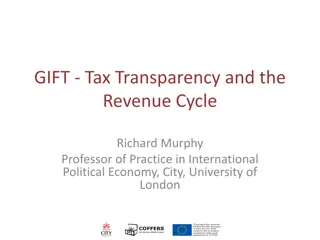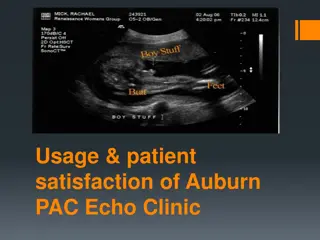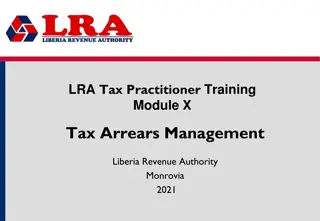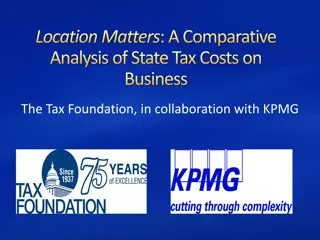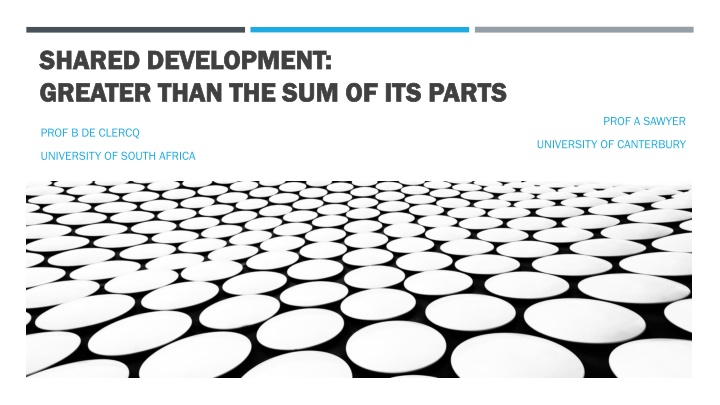
Living Labs for Sustainable Development and Innovation
Learn about the concept of Living Labs and how they promote sustainable development through innovative public-private partnerships. Explore the features of tax clinics, funding models, and the role of higher education institutions. Discover the collaborative approach of stakeholders in creating, prototyping, and testing new technologies in real-life contexts.
Download Presentation

Please find below an Image/Link to download the presentation.
The content on the website is provided AS IS for your information and personal use only. It may not be sold, licensed, or shared on other websites without obtaining consent from the author. If you encounter any issues during the download, it is possible that the publisher has removed the file from their server.
You are allowed to download the files provided on this website for personal or commercial use, subject to the condition that they are used lawfully. All files are the property of their respective owners.
The content on the website is provided AS IS for your information and personal use only. It may not be sold, licensed, or shared on other websites without obtaining consent from the author.
E N D
Presentation Transcript
SHARED DEVELOPMENT: SHARED DEVELOPMENT: GREATER THAN THE SUM OF ITS PARTS GREATER THAN THE SUM OF ITS PARTS PROF A SAWYER PROF B DE CLERCQ UNIVERSITY OF CANTERBURY UNIVERSITY OF SOUTH AFRICA
OVERVIEW Features of tax clinics The Living Lab approach A South African Living Lab Financial Wellness Clinic Some concluding thoughts
Different funding models Clearly defined roles and responsibilities FEATURES OF A TAX CLINIC Administrative support A comprehensive student-based management system Clarity of the scope of services rendered Quality assurance
WHAT IS A LIVING LAB? Physical regions or virtual realities where stakeholders form public-private-people partnerships (4Ps) of firms, public agencies, universities, institutes, and users all collaborating for creation, prototyping, validating, and testing of new technologies, services, products and systems in real-life contexts A user-centred open innovation ecosystems based on a systematic user co- creation approach, integrating research and innovation processes in real- life communities and settings European Network of Living Labs (ENoLL) Westerlund and Leminen (2011:20)
MAIN COMPONENTS OF A LIVING LAB SUSTAINABILITY SUSTAINABILITY OUTCOMES OUTCOMES Source: Adapted from Zanetti and Nollo (2014:3) and Hossain, Leminen & Westerlund (2019)
ENGAGED HIGHER EDUCATION INSTITUTIONS ENGAGED HIGHER EDUCATION INSTITUTIONS
INDUSTRY: INDUSTRY: Recognised Controlling Bodies Recognised Controlling Bodies
INDUSTRY: INDUSTRY: Broader industry stakeholders Broader industry stakeholders
CIVIL SOCIETY CIVIL SOCIETY
THANK YOU, ANY QUESTIONS?


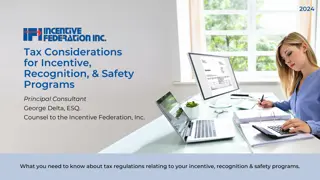
![Town of [Town Name] Real Estate Tax Rates and FY 2024 Budget Summary](/thumb/62211/town-of-town-name-real-estate-tax-rates-and-fy-2024-budget-summary.jpg)
